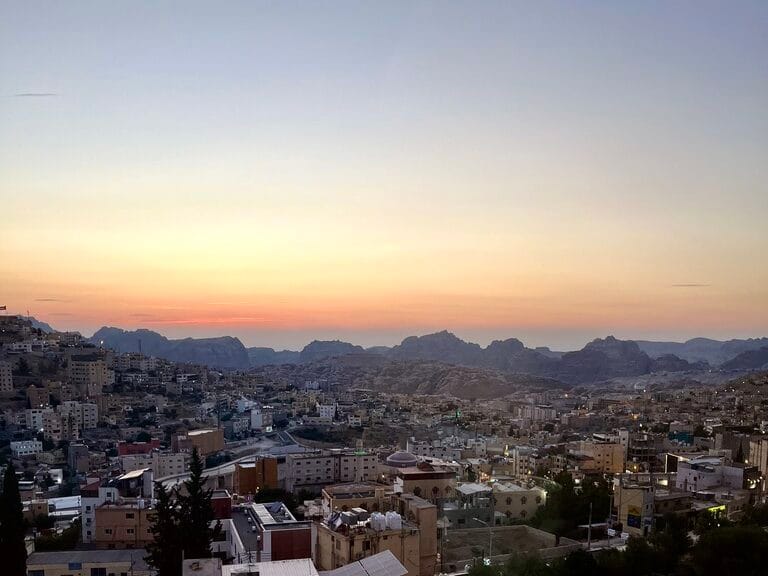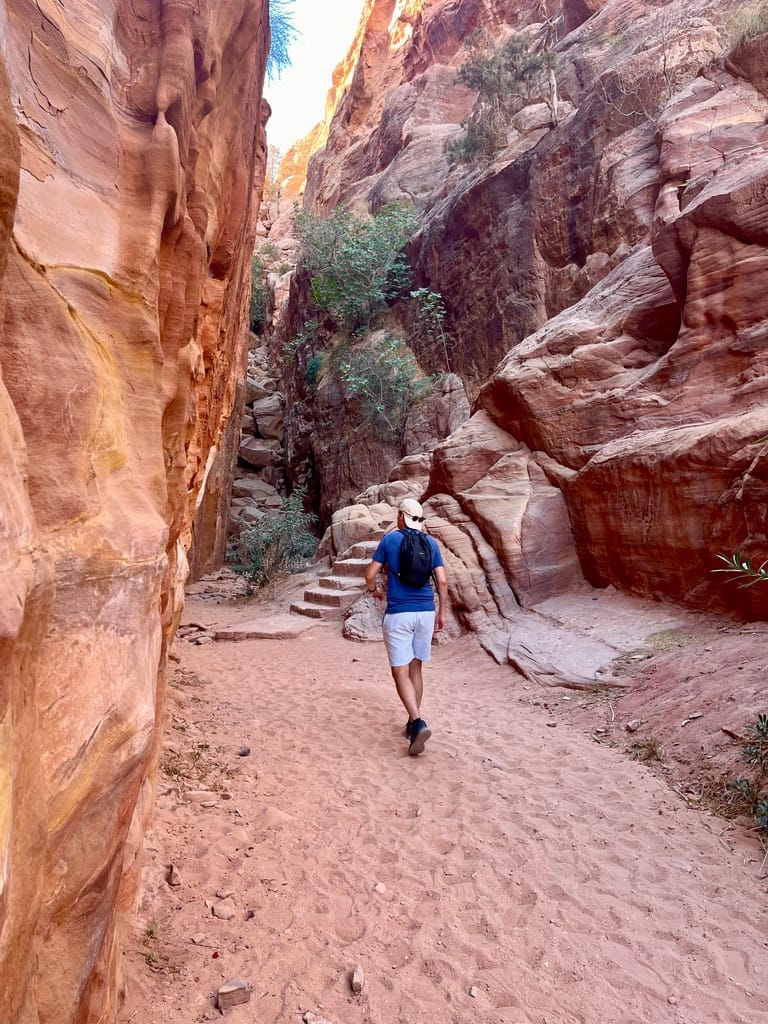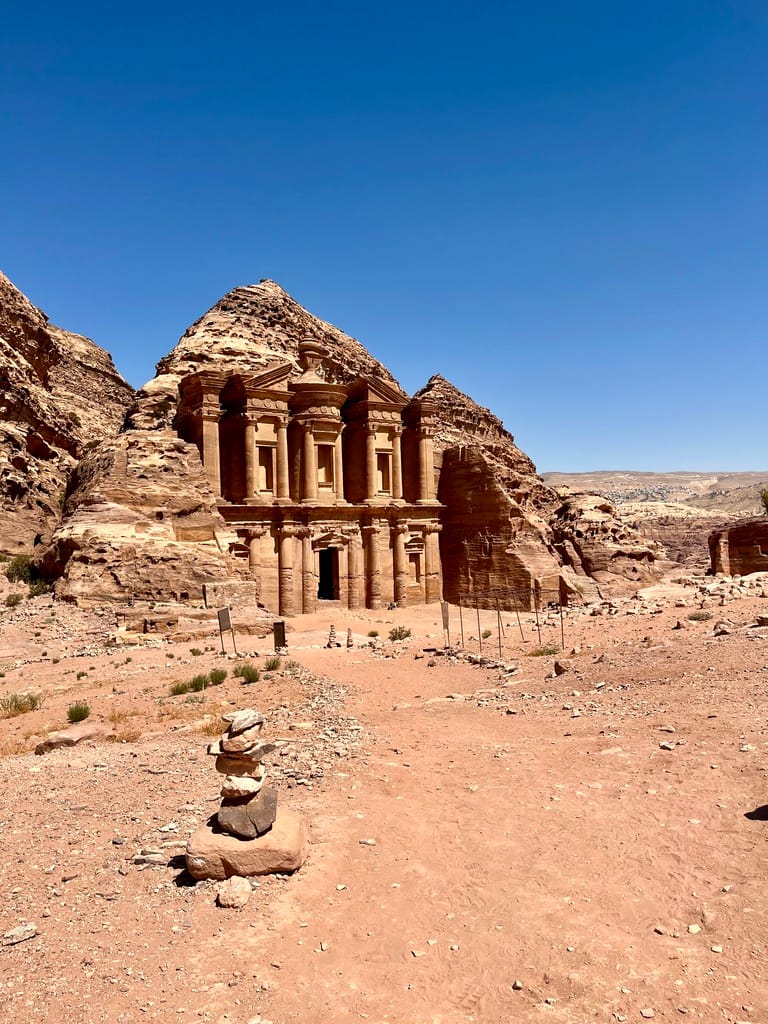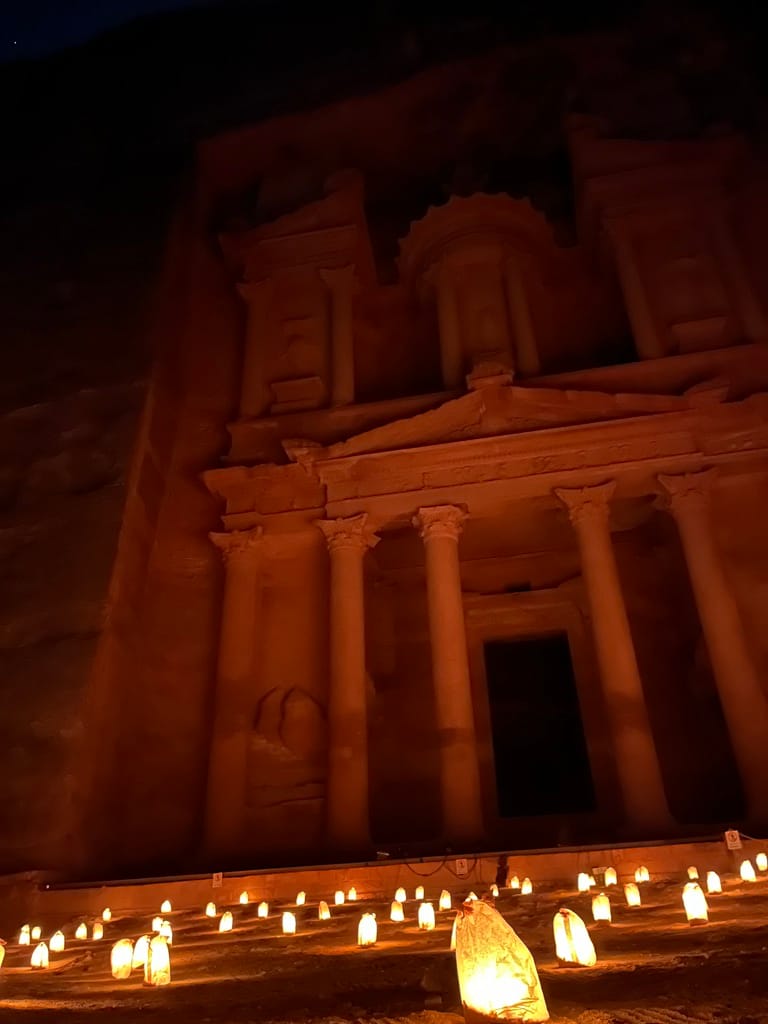Visit Petra
Visit Petra: A Comprehensive Guide to Jordan’s Rose City
Are you planning to visit Petra, Jordan, but unsure where to start? I’ve got you covered! Petra, a UNESCO World Heritage Site and one of the New Seven Wonders of the World, is an unmissable destination. When I planned my trip, I found it challenging to gather clear information about visiting Petra, from entrance fees to guided tours. Here, I’ll share everything you need to know for an unforgettable experience.
Why Visit Petra?
Petra, also known as the Rose City, is an ancient Nabatean city carved into sandstone mountains at the crossroads of historic trading routes. Once the thriving economic capital of the Nabateans, it boasted a sophisticated hydraulic system to collect and store water for its 30,000 residents. Today, Petra is an archaeological marvel known for iconic landmarks like the Treasury (Al-Khazneh), featured in “Indiana Jones,” and the Monastery (Ad-Deir). It’s also a living site, where Bedouins, who historically lived in Petra’s caves, continue to play a role in its operations.
The best time to visit Petra is during spring (March to May) or autumn (September to November). Summers can be unbearably hot, while winters bring the risk of flash floods, which occasionally cause site closures. For a more enjoyable experience, aim to arrive early in the morning—the site opens at 6:00 AM in summer and 6:30 AM in winter. Early visits allow you to beat the crowds and avoid the midday heat.
How to Get to Petra
From Amman or Aqaba
- Tours: Day tours from Amman or Aqaba are convenient if you’re short on time.
- Driving: Renting a car offers flexibility and driving in Jordan is not too difficult. The town of Wadi Musa, Petra’s gateway, is a 3-hour drive from Amman or a 2-hour drive from Aqaba.
- Public Transport: The JETT bus is an affordable option, connecting Amman and Petra daily.
Where to Stay in Wadi Musa
- Close to the Visitor Center: Hotels on Tourism Street are convenient but can be pricey.
- Hilltop Options: More budget-friendly accommodations, such as the Tetra Tree Hotel, offer excellent views and are a short drive to the Visitor Center.

Petra Entrance Fees and Tickets
Ticket prices vary depending on your length of stay and residency status:
- 1-day ticket: 50 JOD (approximately 70 EUR)
- 2-day ticket: 55 JOD
- 3-day ticket: 60 JOD
- Jordan Pass: Highly recommended if staying 3+ nights in Jordan, as it includes Petra’s entrance and your visa fee. Read more about the Pass here.
Tickets can be purchased at the Visitor Center with cash or card. While horse rides are technically included, Bedouins expect hefty tips, and additional transport options like donkeys or club cars come at extra cost.
Guided Tours
On my first day in Petra, I hired Neil, an official guide, for 50 JOD (to do the Main Trail) — a decision I highly recommend. Guides can be found at the visitor center without the need for prior booking. Neil’s wealth of knowledge brought Petra’s history and culture to life, with stories of Nabatean ingenuity and Bedouin traditions that added depth to what I had learned from documentaries. Our 4-5 hour tour along the main trail not only highlighted architectural marvels but also explained the significance of small details I might have otherwise missed.
Hiring a guide ensures you make the most of your visit, whether it’s understanding the subtle carvings in the Siq, learning about the Treasury’s role as a royal tomb, or discovering Bedouin customs. Official guides are licensed, and the fee is standard, ensuring a consistent experience. Always verify credentials at the visitor center to avoid unlicensed operators. If you’re traveling in a group, sharing the cost makes it even more affordable as the mentioned price is for a private guide. It is possible to visit Petra without a guide, but as there’s little explanation on site we found it immensely valuable.
Must-See Attractions in Petra
Petra spans a vast 264 square kilometers, with many hidden gems. Here are the highlights:
1. The Siq
This 1.2 km gorge serves as Petra’s grand entrance. Its narrow, towering walls are adorned with carvings and remnants of ancient water channels. Don’t rush; take time to appreciate the details. If you decide to get a guide, he’ll be able to show you lots of things you wouldn’t see otherwise.


2. The Treasury (Al-Khazneh)
The iconic 43-meter-high façade of the Treasury is Petra’s most famous landmark. Arrive early to enjoy it with fewer crowds. Pro tip: savor a lemon-mint drink at the Bedouin café across from the Treasury.
3. The Monastery (Ad-Deir)
Climb 800 stone steps at the end of the Main Trail to reach this impressive monument. The steps are full of bedouin families who run souvenir stalls or try to convice you to ride their donkey. We don’t advise to ride the animals though, as it looked dangerous and like the animals weren’t treated well. For a cooler hike, visit in the late afternoon when the steps are shaded. A small café at the top offers refreshments.
4. The Royal Tombs
These intricately carved tombs offer panoramic views of Petra’s landscape and are located along the main trail. Even though they might not be as colorful as some of their counterparts, they make up for it in magnitude.
5. The High Place of Sacrifice
Accessible via a scenic trail, this sacred altar provides 360-degree views of the surrounding mountains. Allocate a separate day for this trail if you’re also planning to visit the Monastery.


6. The Backdoor Trail
For a quieter route to the Monastery, take the backdoor trail from Little Petra. A shuttle will take you from Little Petra to the start of the hike for 5 JOD. The trail ends at the Monastery, avoiding the 800 steps from the main trail to Ad-Deir.
7. Petra by Night
Held on Mondays, Wednesdays, and Thursdays, this magical event lights the Siq and the Treasury with hundreds of candles, accompanied by traditional Bedouin music. Tickets cost 17 JOD and must be purchased at the Visitor Center with a valid day ticket. Beware that they only accept cash for this.

Final Tips
Before you go, here are a few final tips to enhance your experience:
- Wear Comfortable Shoes: The site involves extensive walking and uneven terrain. Hiking shoes are ideal.
- Stay Hydrated: Bring at least 2 liters of water per person and consider adding ice for warmer months.
- Protect Yourself from the Sun: Don’t forget sunglasses, sunscreen, and a hat.
- Hotels often offer reasonably priced packed lunches, a better alternative to the crowded and expensive restaurants on-site.
- Plan for at least 2 days to visit Petra, to leave room to explore some lesser known hikes and monuments. Plan your first day around the main trail to get a sense of Petra’s layout, and if possible, hire a guide to enhance your understanding.
- Dress modestly yet comfortably for hiking—locals are accustomed to Western attire, but respectful clothing is appreciated.
Visiting Petra is a once-in-a-lifetime experience, combining history, culture, adventure, and breathtaking landscapes. Whether you’re marveling at the Treasury, exploring off-the-beaten-path trails, or enjoying Bedouin hospitality, this journey will leave you with unforgettable memories. Enjoy every moment! My 14-day Jordan itinerary can give you more tips on what to do in Jordan, so you don’t miss the best that Jordan has to offer.
